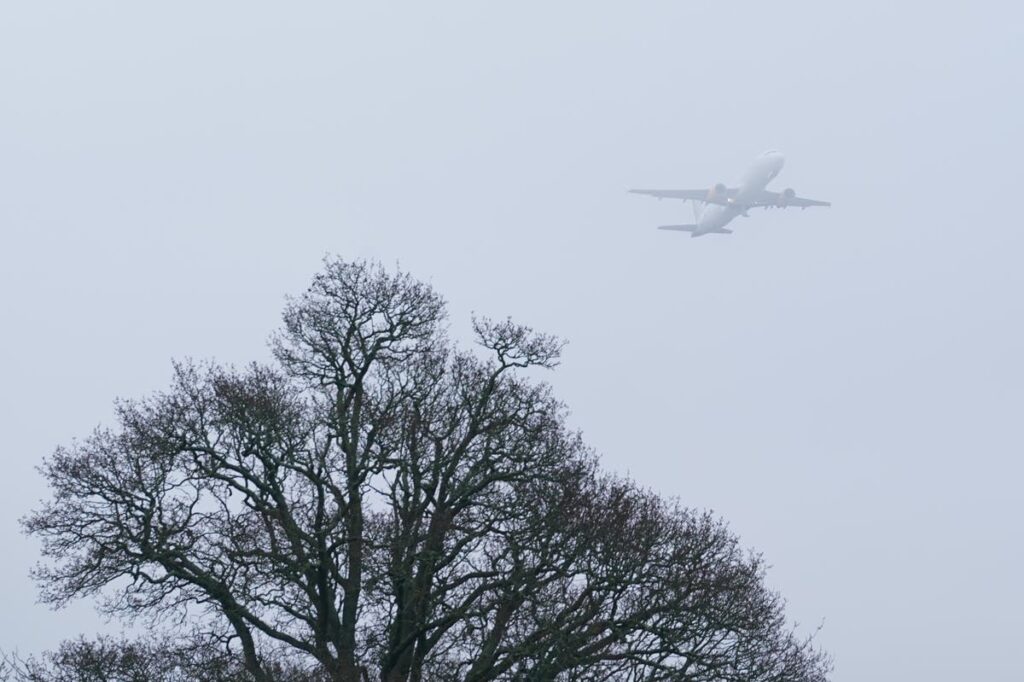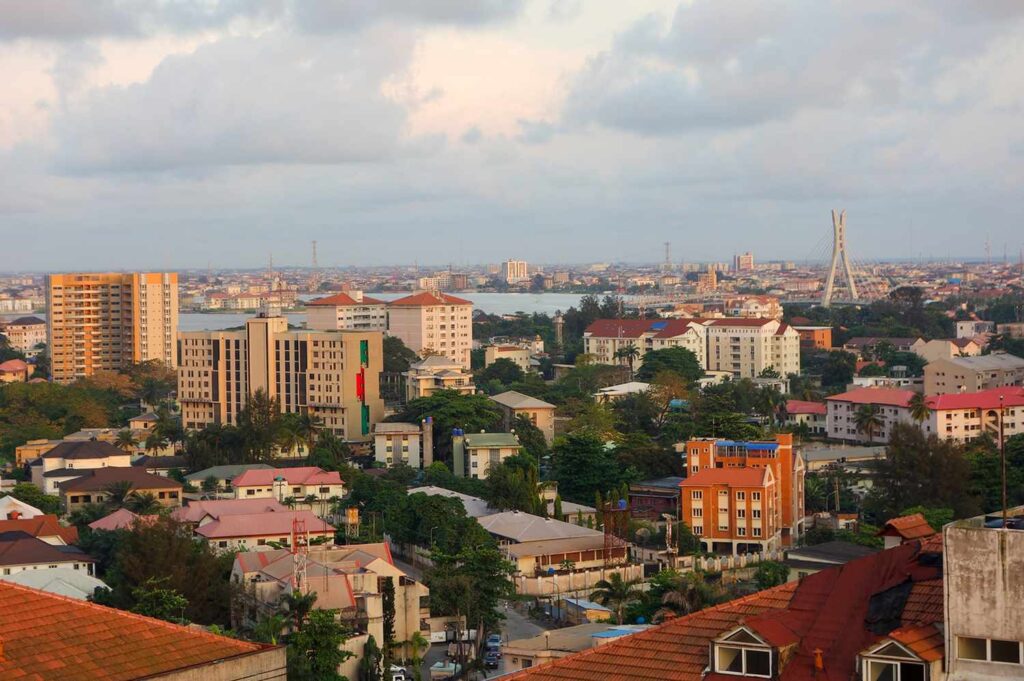
Your support helps us to tell the story
From reproductive rights to climate change to Big Tech, The Independent is on the ground when the story is developing. Whether it’s investigating the financials of Elon Musk’s pro-Trump PAC or producing our latest documentary, ‘The A Word’, which shines a light on the American women fighting for reproductive rights, we know how important it is to parse out the facts from the messaging.
At such a critical moment in US history, we need reporters on the ground. Your donation allows us to keep sending journalists to speak to both sides of the story.
The Independent is trusted by Americans across the entire political spectrum. And unlike many other quality news outlets, we choose not to lock Americans out of our reporting and analysis with paywalls. We believe quality journalism should be available to everyone, paid for by those who can afford it.
Your support makes all the difference.
Fog at the UK’s busiest airports is jeopardising the plans of tens of thousands of passengers. An estimated 20,000 people have had their flights cancelled to and from London airports on Sunday, adding to the frustrated hordes whose planes were grounded on Friday and Saturday.
At least 70 flights to and from Gatwick were cancelled on Sunday, along with more than 50 at Heathrow. Others were heavily delayed or diverted.
Gatwick and Heathrow are respectively the busiest single-runway airport and two-runway airport in the world.
Flights from London Gatwick to Edinburgh on Sunday reveal how schedules unravelled. The first easyJet departure to the Scottish capital left on time at 8am. The next, at 12.55pm, was an hour late. The third and fourth were four hours and two hours late respectively. And the fifth and sixth were cancelled at short notice.
One passenger at Edinburgh, Ewan Somerville, has been waiting to fly to Gatwick since 8pm on Saturday.
“The delay was creeping up until it finally cancelled,” he said. “There’s nobody to speak to at easyJet if you’re not at the airport. So I trekked out to the airport. It was chaos. Eventually they organised a hotel.
“They rescheduled the flight for 5pm today. Again, this afternoon the delay has been creeping up.
“Bang on five, they said it would be 6.45pm. Then they said on the Tannoy, erroneously, that the flight had been cancelled.
“One passenger was in tears to her family and a couple said they were going to rent a car and drive to London.”
Ground staff had confused two flight numbers and later confirmed it was not cancelled. As passengers queued, there was more bad news.
“At the very last moment, they announced it had been delayed to 10.30pm,” Mr Somerville said.
“We’re the last man standing. Currently they can’t promise it won’t be cancelled again. EasyJet customer service has been appalling – just leaving passengers in limbo.
“Where’s the planning and preparation? It’s thrown the UK aviation industry into chaos.”
An easyJet spokesperson said: “Due to ongoing poor weather conditions resulting in air traffic control restrictions and delays at London Gatwick today, some flights this evening are now unable to operate as planned.
“We are doing all we can to minimise the impact of the weather for our customers, providing options to rebook or a refund for cancelled flights, as well as hotel accommodation and meals where required.
“We advise customers due to travel to and from London Gatwick today to check our Flight Tracker for the latest information on their flight.
“The safety and wellbeing of our customers and crew is our highest priority and while this is outside of our control, we are very sorry for the inconvenience caused by the weather.”
Under air passengers’ rights rules, airlines that cancel departures must provide replacement flights as soon as possible and provide meals and hotels as necessary. But with most flights heavily booked, it seems inevitable that many people who have had their trips cancelled over the weekend will be waiting for some days to reach their destinations.
Aircraft can operate safely in fog, but airports go into a kind of slow motion. Aircraft follow a beam from the instrument landing system (ILS).
Nats, the air-traffic control service, says: “This beam must not be broken, which could happen when it’s foggy if other aircraft are on the runway. This means spacing between aircraft has to be increased, with aircraft having to taxi far enough away so they do not interfere with the ILS beam.”
At London Heathrow, schedules are based on landing aircraft as close as 80 seconds apart. The spacing between aircraft increases by up to 50 per cent, immediately reducing capacity by one third.
British Airways cancelled 40 flights to and from its home base. A spokesperson said “the vast majority of our customers will be unaffected”.
They said: “We operate hundreds of flights every day without disruption, successfully getting tens of thousands of our customers to where they need to be.
“Like other airlines, we’ve had to make some small adjustments to our schedule today because of air traffic control restrictions across London airports due to adverse weather conditions.
“We apologise for the inconvenience caused and our teams are working hard to help get their journeys back on track.”
Lufthansa and its budget subsidiary, Eurowings, cancelled flights from Frankfurt (two) and Stuttgart respectively to Heathrow.
London City airport in the Docklands area of the capital saw the highest number of diversions, starting with an inbound ITA flight from Milan diverting to Birmingham. From Amsterdam, one KLM flight went to Southampton while a British Airways arrival ended its journey at Luton.
As the fog lingered, many flights to and from London City were simply cancelled.
Other UK airports were less hard hit, but Krakow in Poland has been effectively off limits all weekend. Problems began on Saturday, with the Institute of Meteorology warning of “dense fog with very poor visibility – 200m, locally 100m”.
Most inbound flights were diverted – mainly to nearby Katowice, which is where Ryanair flights from London Stansted, Liverpool, Leeds Bradford, Belfast and Newcastle touched down, along with Wizz Air from Luton.
Poznan, Rzerzow, Wroclaw and Warsaw in Poland, as well as Ostrava in the Czech Republic and the Slovakian capital, Bratislava, are also being used for diversions.


